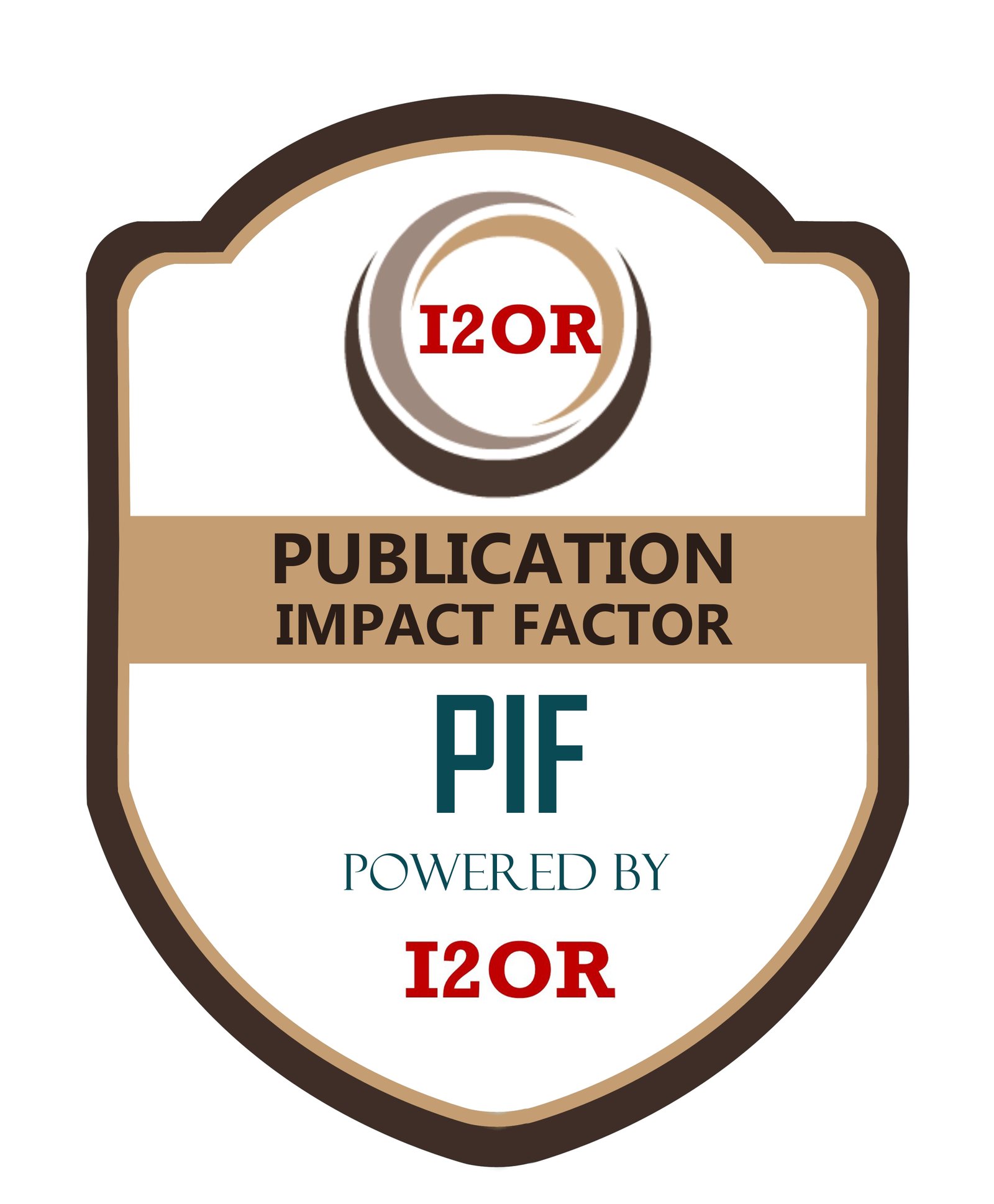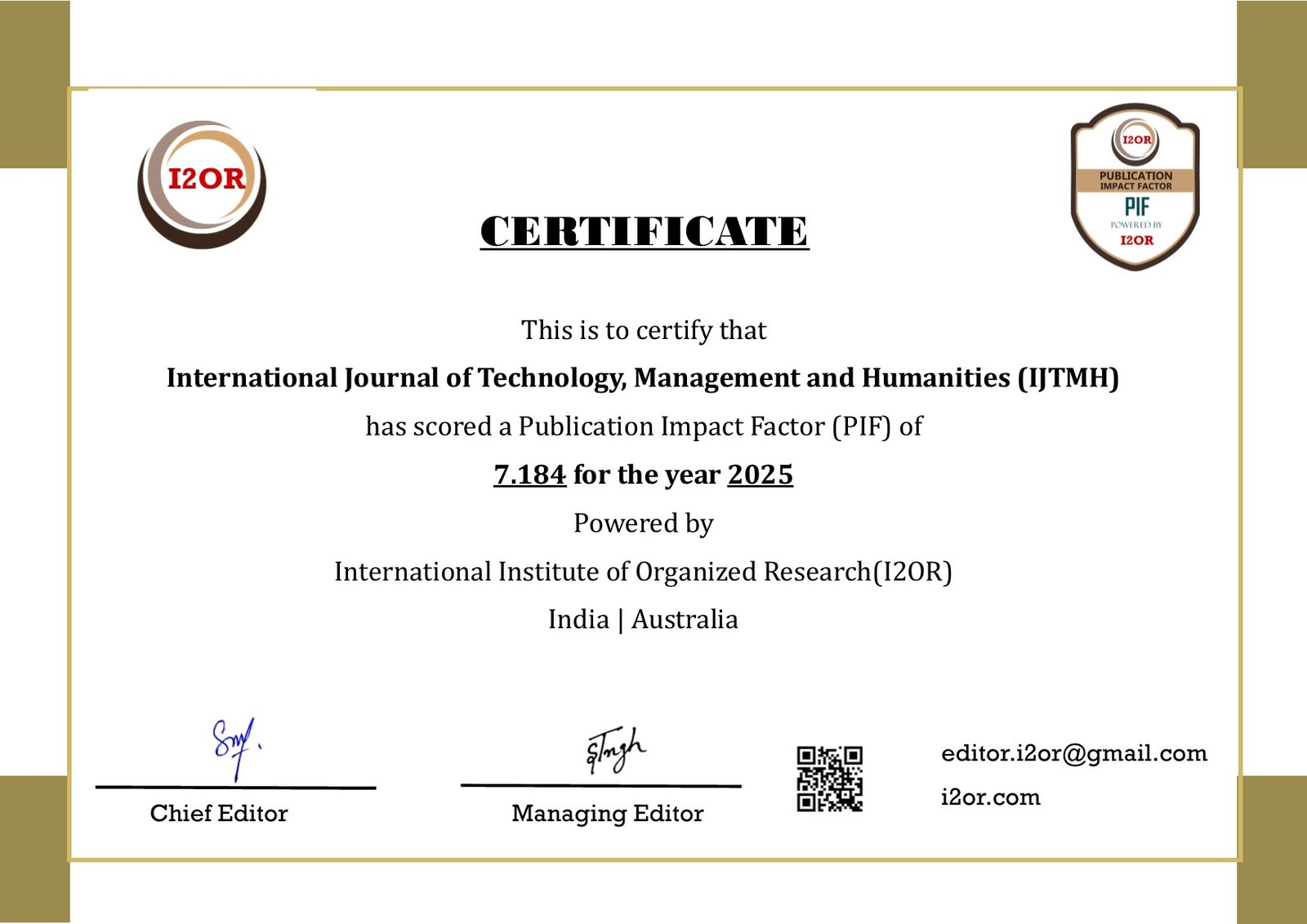End-to-End AI Pipelines for Digital Twin-Enabled Vehicle Testing
DOI:
https://doi.org/10.21590/ijtmh.7.02.02Keywords:
Digital Twin, Vehicle Testing, End-to-End AI Pipeline, Scenario Generation, Anomaly Detection, Simulation Feedback Loop, High-Fidelity ModelingAbstract
Digital twins—high-fidelity virtual representations of physical systems—are emerging as transformative platforms for vehicle testing, enabling engineers to conduct repeatable, safe, and realistic assessments. However, traditional digital twin workflows often suffer from fragmentation, manual configuration, and limited scalability. To address these gaps, we propose an end-to-end AI-powered pipeline that seamlessly integrates digital twin creation, scenario synthesis, simulation, and feedback loops, enabling continuous, data-driven vehicle testing.
Our pipeline encompasses three core stages: (1) Automated Digital Twin Generation, where onboard and field-collected sensor data train AI models to construct accurate virtual replicas of vehicle dynamics, sensors, and environmental contexts; (2) AI-Guided Scenario Generation, leveraging generative networks conditioned on safety, edge-case relevance, and operational targets to create diverse driving and environmental scenarios for testing; and (3) Simulation & Feedback, executing scenarios in real-time twin environments and then processing outcomes via anomaly detection and performance evaluation, which feed back into subsequent scenario generation and twin refinement.
We evaluated our system using both physical vehicle data and simulation hardware-in-the-loop (HIL) setups. Results demonstrated a roughly 35% improvement in failure mode detection rate compared to manual testing workflows, while reducing setup time per test by over 50%. Human expert review rated scenario realism at 4.4/5, indicating high fidelity of generated conditions. The pipeline’s modularity supports rapid adaptation to new vehicle models and sensor configurations, enabling scalable, data-driven validation—even under extreme or rare conditions.
This end-to-end pipeline establishes a foundation for more agile, comprehensive, and reliable vehicle testing using digital twins, paving the way for accelerated validation cycles, improved safety assurance, and continuous model evolution.







